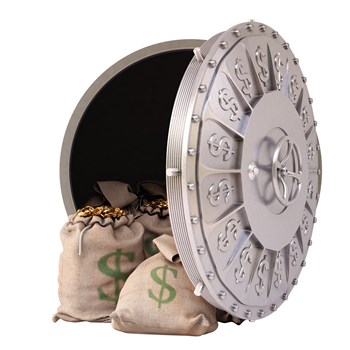
There are few feelings worse than encountering an unexpected expense and finding the piggy bank empty. That is why reserve funds and reserve studies are such important elements in the financial well-being of co-ops, condos, and homeowners’ associations. It pays to keep a close eye on those numbers and adhere to the planning available through reserve studies to ensure that when a leaky roof develops or a boiler goes kaput, there will be enough cash on hand to tackle the problem.
While there’s certainly no shortage of complex financial products and procedures around, the science behind reserve funds and reserve plans is mercifully straightforward, well-tested, and provides an easy-to-follow plan to achieve financial good health. The key is to not abandon the plan, and – for example – tap into the fund for unexpected expenses without an idea of how that deficit will be repaid. In short, your reserve is a piggy bank that should be treated with the utmost care.
Assessing Needs
When it comes to building a reserve fund, the first step is to hire a professional to conduct a reserve study on your co-op, condo, or association community. “For any type of association, condo, or co-op, the critical factor is determining what the common assets are,” says Mitchell Frumkin, founder and president of Kipcon, Inc., an engineering and reserve study firm based in North Brunswick, New Jersey. “That’s what the association is responsible for replacing.”
In addition to common elements, the reserve specialist will typically look at projects that will need to be replaced within a 30-year window and that are cyclical in nature, says Russ Fernandes, principal and senior vice president for Becht Engineering BT, Inc., in Basking Ridge, New Jersey.
“The items will vary depending on the building type,” Fernandes says. “On high-rise buildings, roofs and mechanical equipment are often the largest items included in a reserve fund. For townhouse communities, roofs, siding, and asphalt paving are often the largest items included. Other items could include garage roof membranes below a pedestrian or vehicle plaza, common HVAC equipment, and fire protection equipment.”
To begin putting a study together, the specialist will first go through the Declaration and bylaws to determine common elements and other specifics about the property, says Kevin Bobb, founder of Building Reserves, a reserve firm based in Chicago. “We’ll also meet with the board and manager to see how they are handling things,” he says. “We’ll go through the financials to see how they are currently paying for things. There are a lot of gray areas that have to be defined.”
Once those elements are defined, the specialist will begin the process of quantifying all of the community’s assets. “If it’s the HVAC system, we’ll look at the type of boiler. If it’s the pool, we’ll see what the finishes are. We’ll look at the façade and note whether it’s masonry or vinyl,” Bobb says. “We then look at the condition of the assets, from the condition of the gutters and downspouts to the gutters. We’ll try to determine the ages of everything. So once we do all of that, we have our useful lives for each type of component.”
Adds Fernandes, “Replacement cost estimates are then calculated for each item. In simplistic terms, the item’s replacement cost is then divided by the remaining life of the item to determine the amount that should be saved each year, so that the money is available when needed. However, the calculation is a little more complicated, in that future costs are estimated utilizing inflation and construction cost indices. Interest earned on existing deposits is also included in the final calculations.”
A reserve study isn’t something that just gets done once and for all. It must be updated periodically to ensure that enough money is being set aside for all contingencies. “Associations need to remember that reserve studies are snapshots in time and need to be updated on a regular basis,” Fernandes says. “Industry standards recommend updates every three to five years to account for such factors as item price increases and changes of the conditions of the items, which could either increase or decrease the life expectancies of the reserve items.”
Says Fernandes, “The key difference between a new study and an update to an existing study is the inventory. Assuming that the item list has not changed, it is not necessary to re-measure and recount the items in the study, which can save an owner some money. However, all of the other procedures described for a new study are also performed when updating an existing study – specifically the condition assessment and cost estimates.”
Balance at the Ready
According to Bobb, reserve fund reports typically take between four and six weeks to complete after the inspection. Once the study has been completed, the reserve specialist will lay out an action plan for the board and manager. “Once we have all of the data and project set, we prioritize the replacements,” he says. “We make sure [the community] has enough money. The roof is more important than the driveway. The foundation is important. So if they are underfunded, we make sure they have enough money for their financial priorities.”
Determining how much gets put away into the fund goes back to the root purpose of the reserve. “The concept of reserve funding is a matter of basic fairness,” says Fernandes. “It is a ‘pay as you go’ philosophy. Rather than saving for the purchase of the next roof, for example, the reserve contribution should be considered payment for the use of the present items to date. A condition of underfunded reserves is basically unfair to future homeowners.
“If a unit owner in an underfunded community moves out in year 19, and a special assessment is passed in year 20 to pay for an item or items that were not properly funded in the reserve, that unit owner got away without having to pay their fair share,” continues Fernandes. “The unit owner that buys in year 20 is going to have to pay the special assessment to pay for items that he never got to use.”
Growing the Fund Responsibly
Managing the reserve fund stands as part of a board’s fiduciary responsibilities. And the main goal is to ensure that the fund is always there when needed. “The board will make decisions on who will manage and invest the money in the fund and an accountant will guide them,” says Frumkin.
The board should look at the fund as an investment, he adds. “It’s an investment because you’re investing in your community. It’s there to make sure you have the money to keep the resale values high enough.” It is there to make sure that the people who bought and invested in the community as residents and shareholders will always have a unit or home that has value and be desirable to future buyers.
When it comes to investing the reserve fund dollars, “it’s generally invested in a conservative way,” says Frumkin. “The board is charged with investing to earn interest but not to put the fund at risk. You want to make sure it’s done in a conservative way so you’re not losing money.”
The fund also should be managed to accommodate “laddering,” which is when the board staggers the investments so that they come due when they need it three, four or five years out.
When times are good, it may not hurt to put aside a few extra dollars – although admittedly, this is a rare occurrence. “In my more than 30 years in the industry, I do not believe that I have ever encountered that situation,” says Fernandes. “However, my recommendation would be to put more money away and save for the rainy day. Far too often associations are met with unforeseen emergencies with their infrastructure. Having some extra money in the bank could go a long way toward helping in those situations.”
Keeping the Accounts Full
Underfunded reserves can be a major headache for boards and residents alike. Usually these troubles begin with unexpected expenses, such as a brutal winter when snow removal costs skyrocket and there are simply no other funds to cover the costs.
In troubled times, some boards will turn to their reserve fund as a source from which they can borrow to patch other holes in the budget. “The board will evaluate if it’s better to borrow from reserve fund versus the bank,” says Frumkin. If they know they can pay the money back, then it may be worth it to avoid the interest rates on a bank loan.
These days, it is in the best interest of the building to maintain a steady, robust balance in the reserve funds, not only to ensure that all repairs can be made when necessary but also for the financial health of the building or community. Today, a number of financial institutions, including Freddie Mac and Fannie Mae, require that a condo or association are putting away a certain percentage of their revenue every year to ensure a healthy reserve fund. “There are pretty strict guidelines and in order to provide financing (for the purchase of new units), they have to be setting aside at least 10 percent each year or have had a reserve study in the last 24 months,” says Frumkin.
In short, it pays to keep a close eye on all aspects of the reserve fund, from the initial study to the investment plan to the updates. A healthy fund ensures no ugly surprises for residents or shareholders and ensures, too, good financial health for the building or community as a whole. And that’s good news for everyone.
Liz Lent is a freelance writer and longtime contributor to The Cooperator.




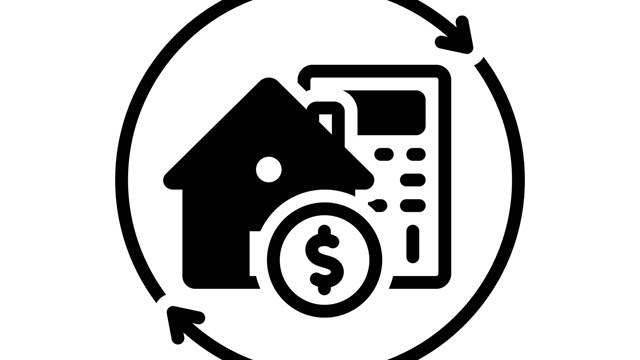
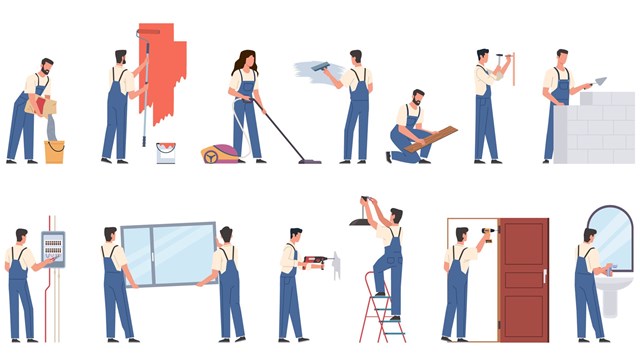
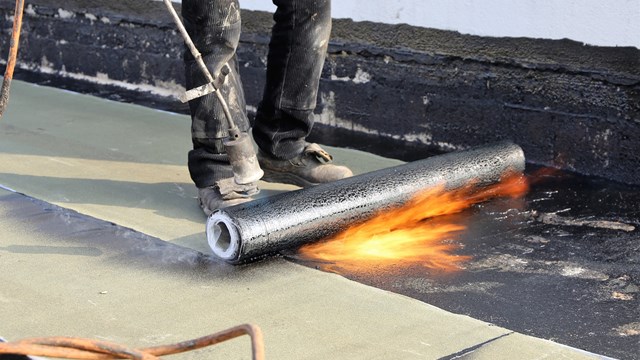
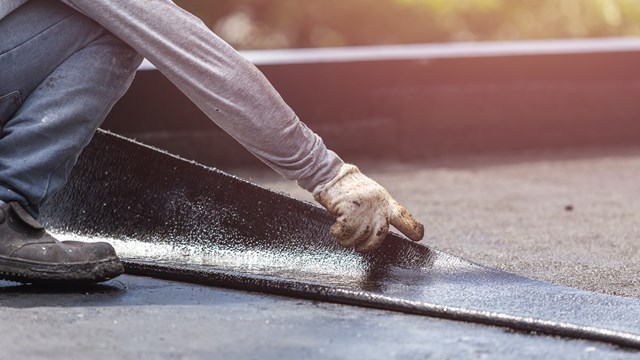
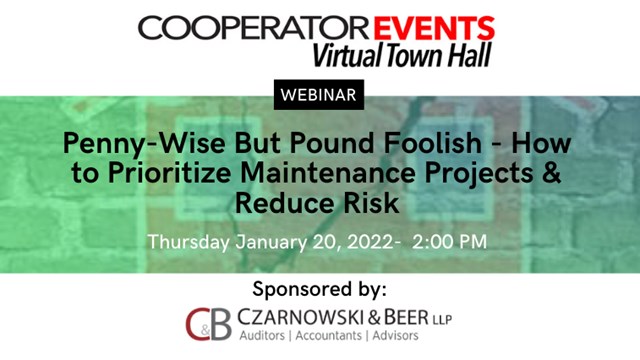
Leave a Comment